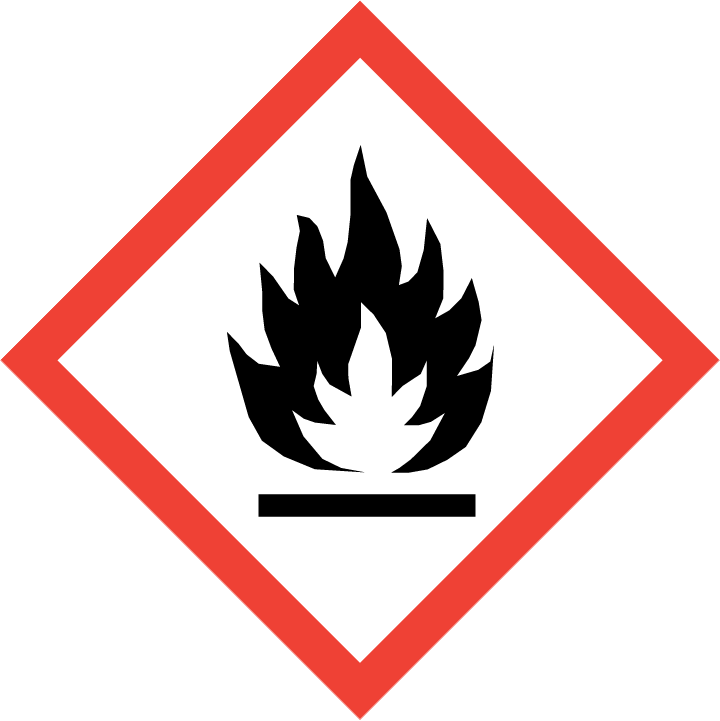(4R,5S)-Methyl 2,2,5-trimethyl-1,3-dioxolane-4-carboxylate is a versatile compound that finds its application in various processes within chemical synthesis. This chiral compound plays a crucial role in the creation and modification of pharmaceutical intermediates due to its stereochemical properties. In asymmetric synthesis, it serves as a key building block for the preparation of complex organic molecules, particularly in the development of chiral drugs and biologically active compounds. Its unique configuration allows for the selective formation of specific enantiomers, aiding in the production of enantiopure substances. Additionally, (4R,5S)-Methyl 2,2,5-trimethyl-1,3-dioxolane-4-carboxylate can be utilized in the synthesis of fragrance compounds, agrochemicals, and other specialty chemicals where stereochemistry plays a critical role in defining the product's properties and activities. This compound's robust reactivity and ability to impart chirality make it an indispensable tool for chemists seeking to design and produce complex molecular structures with high precision and efficiency.
